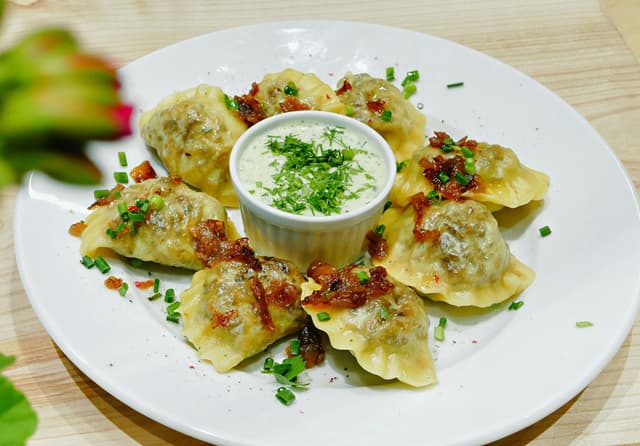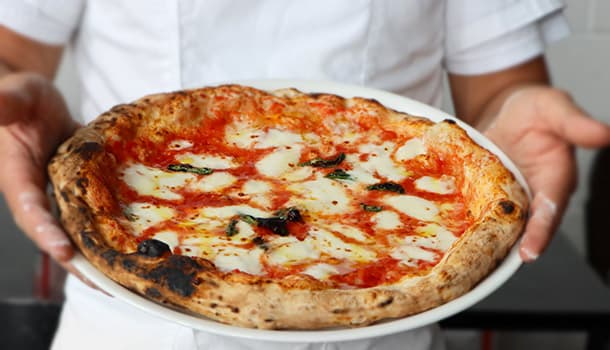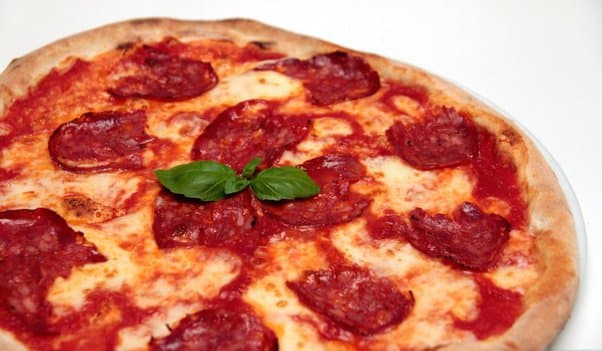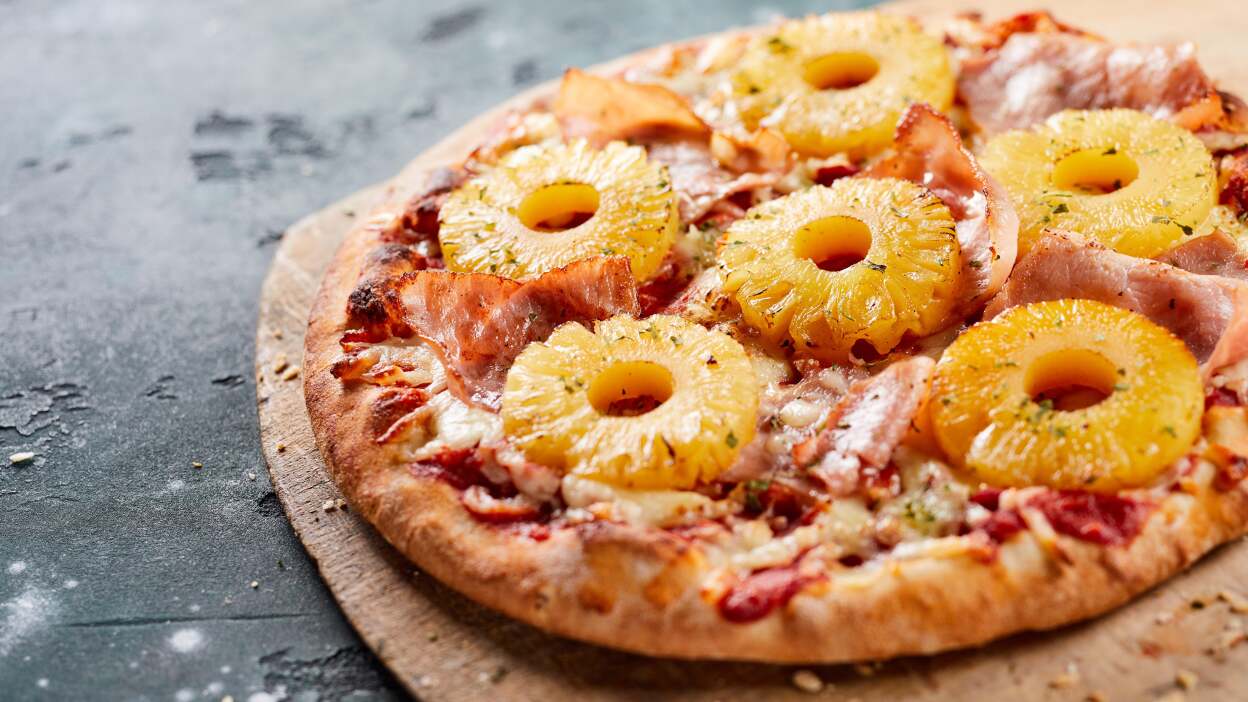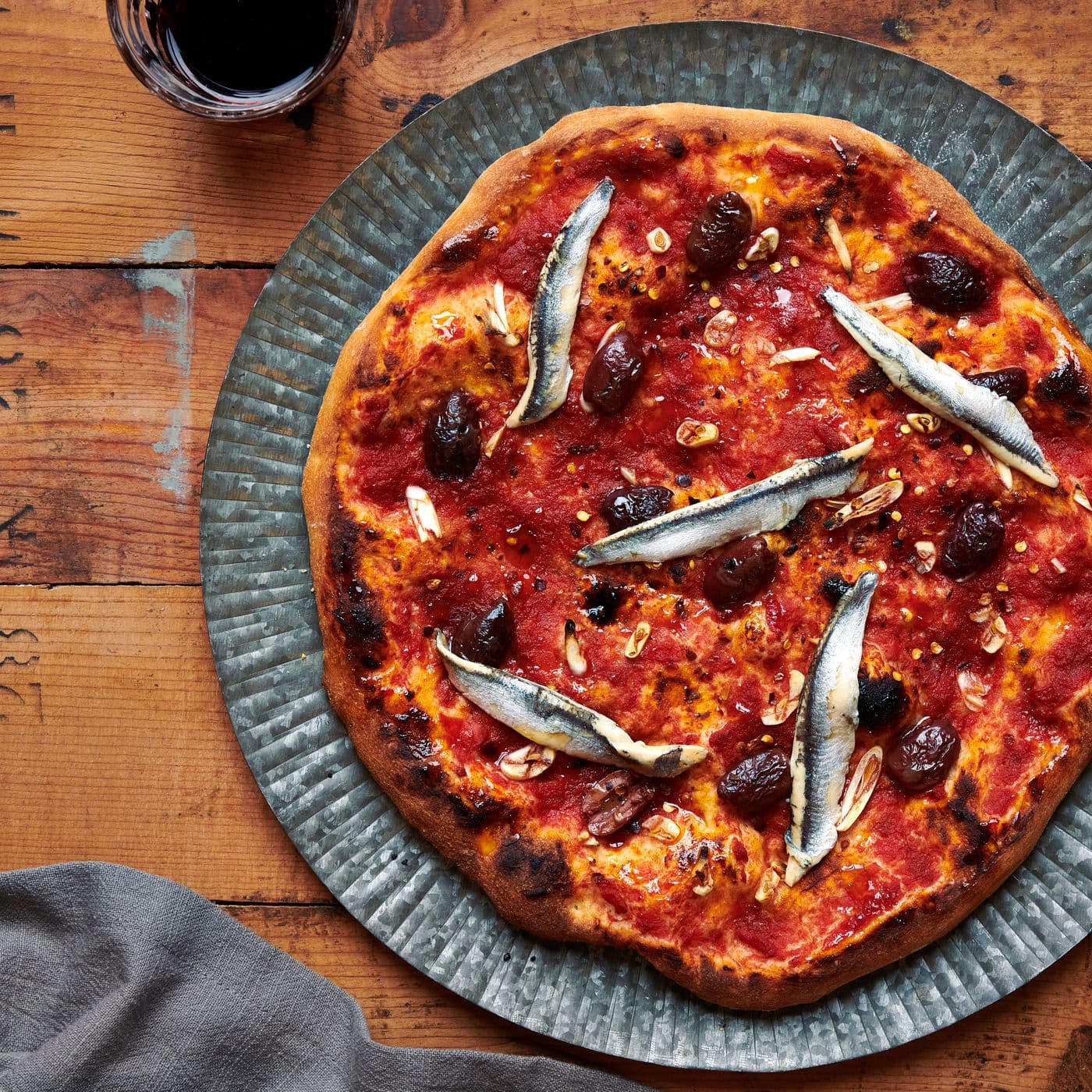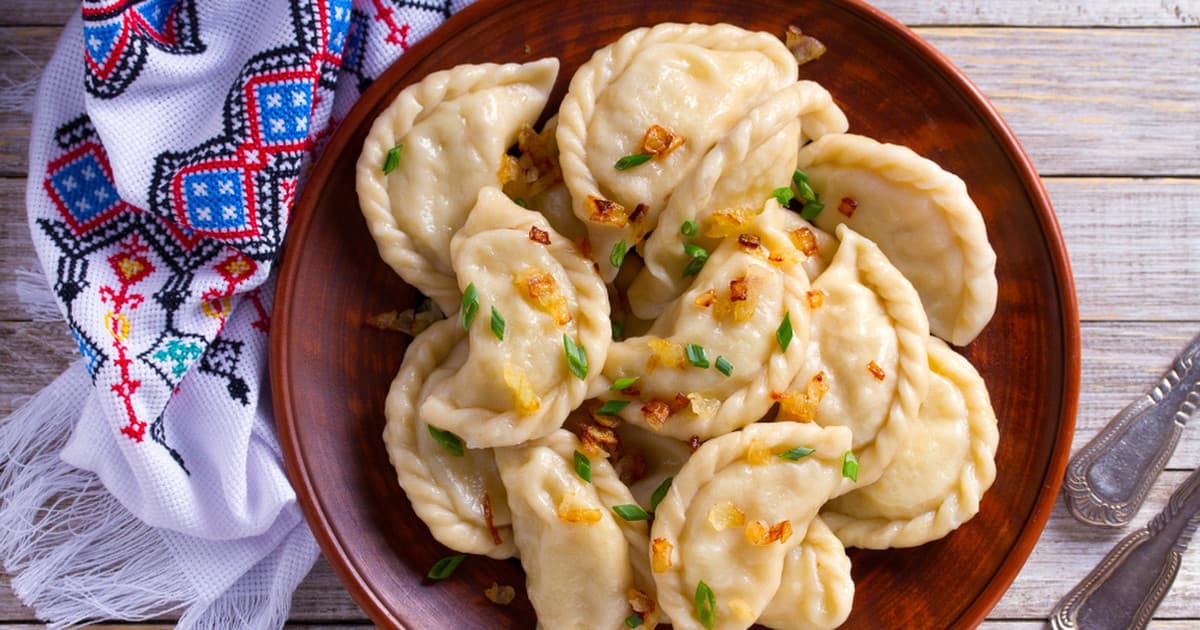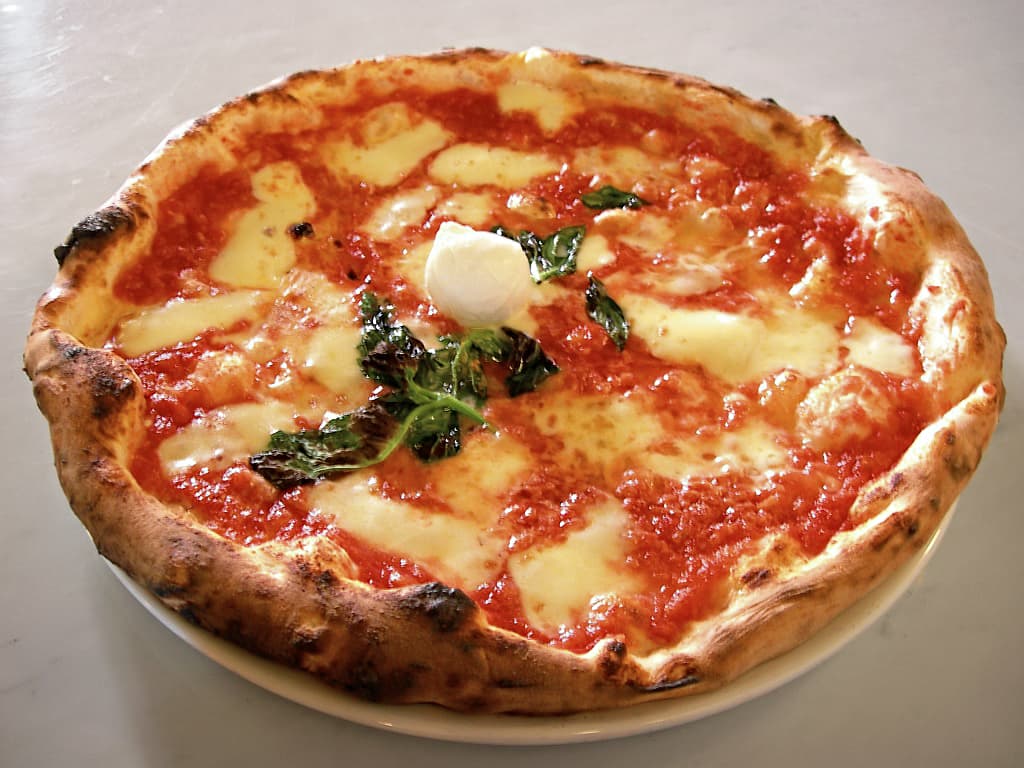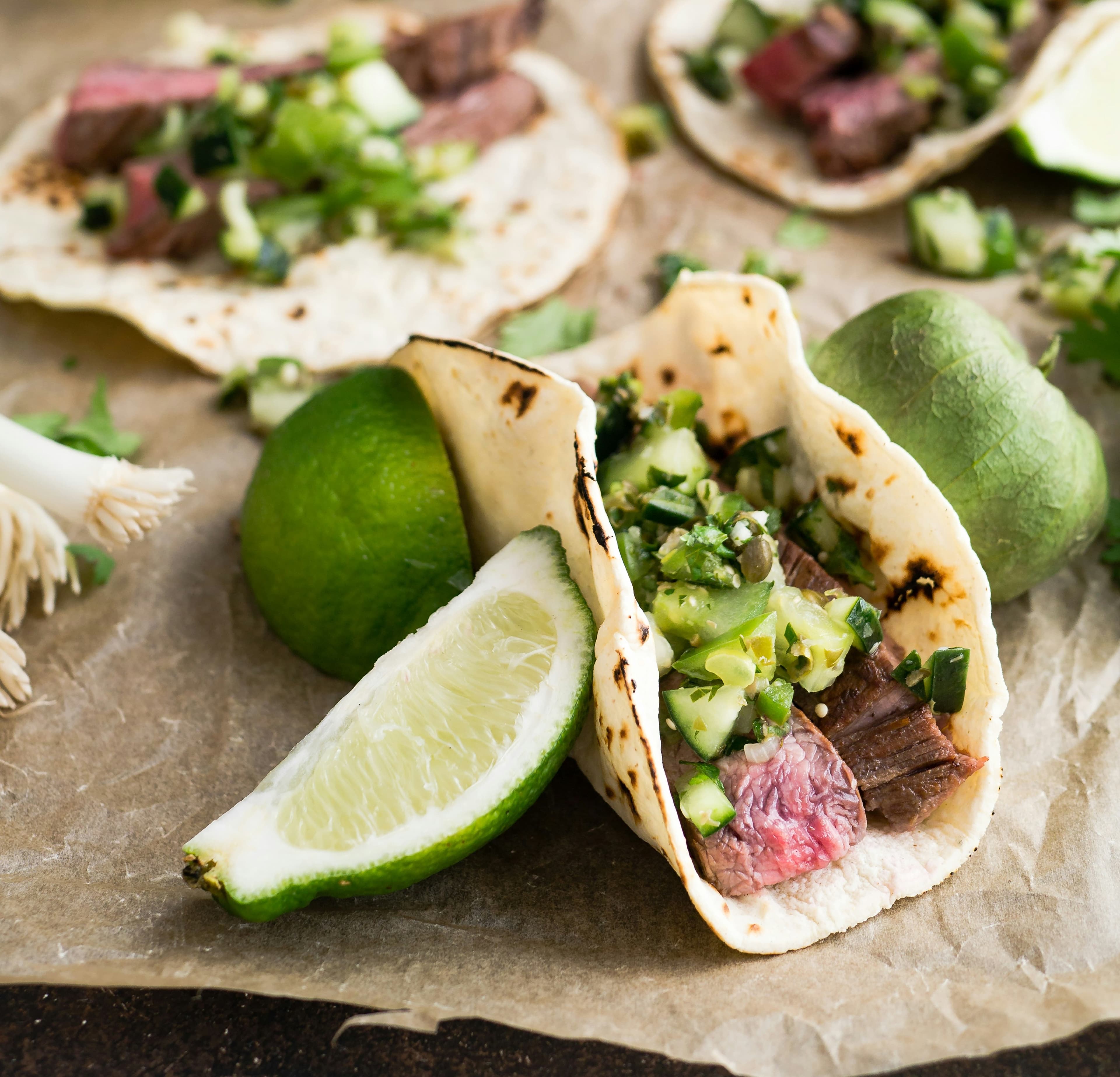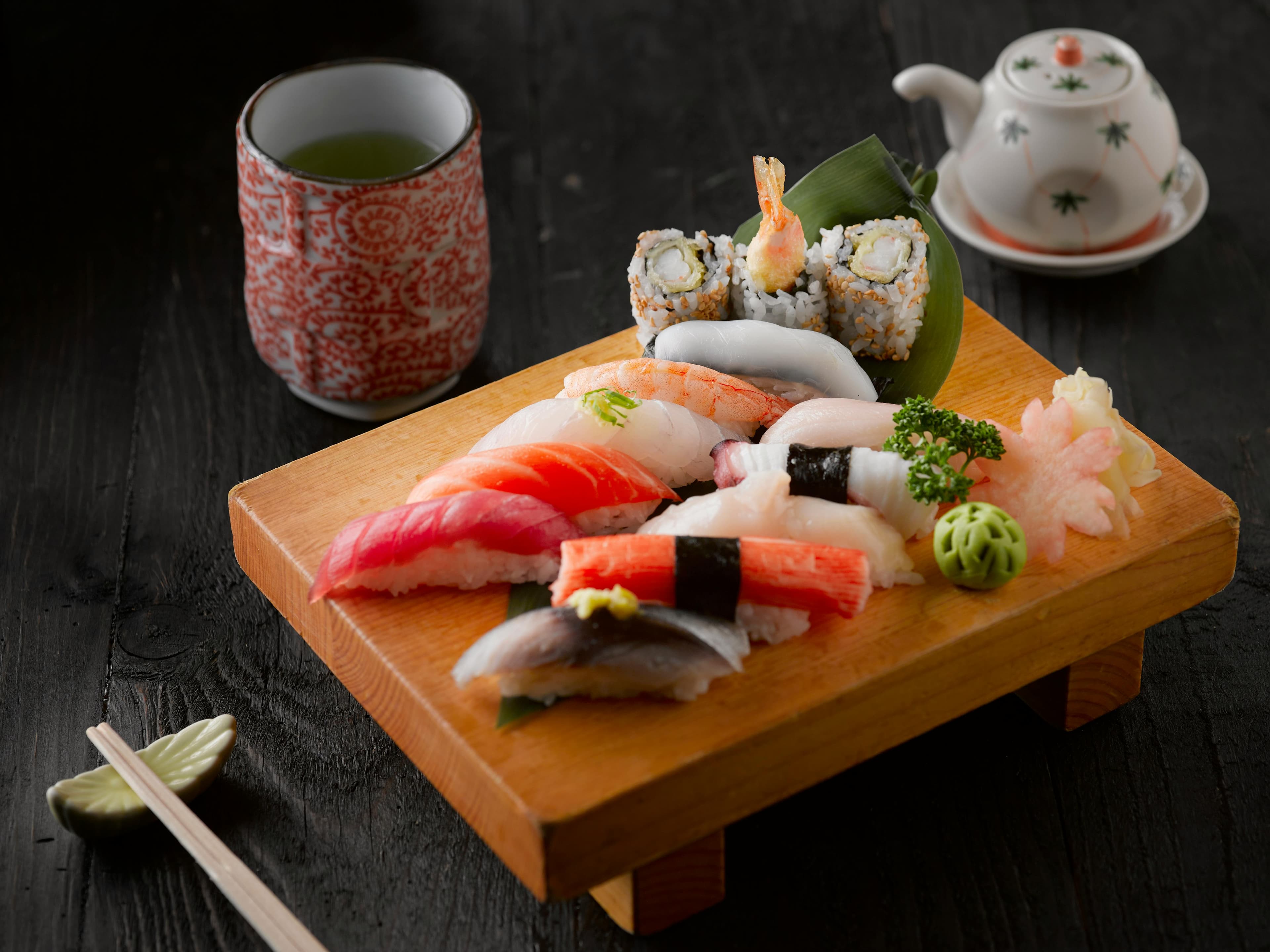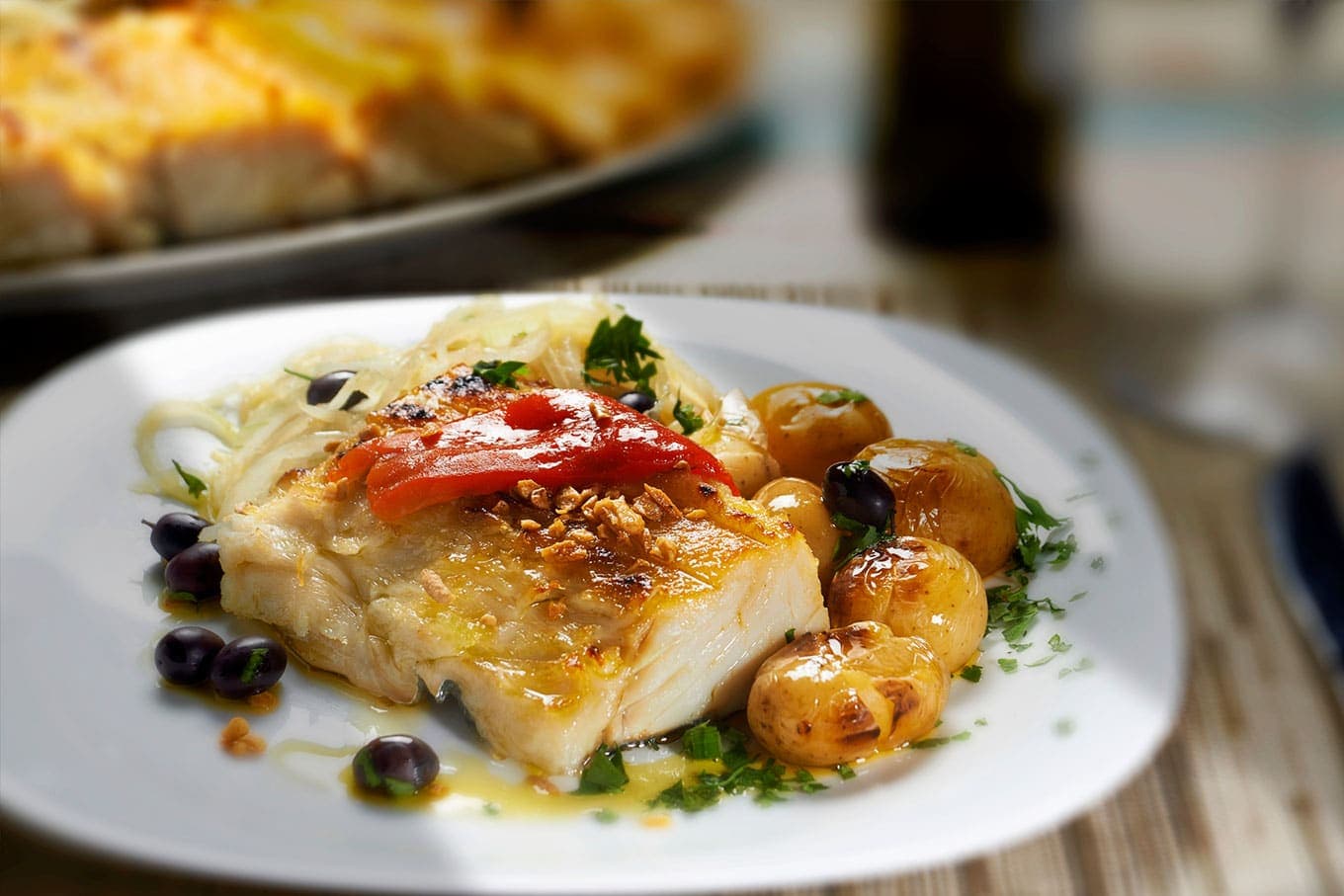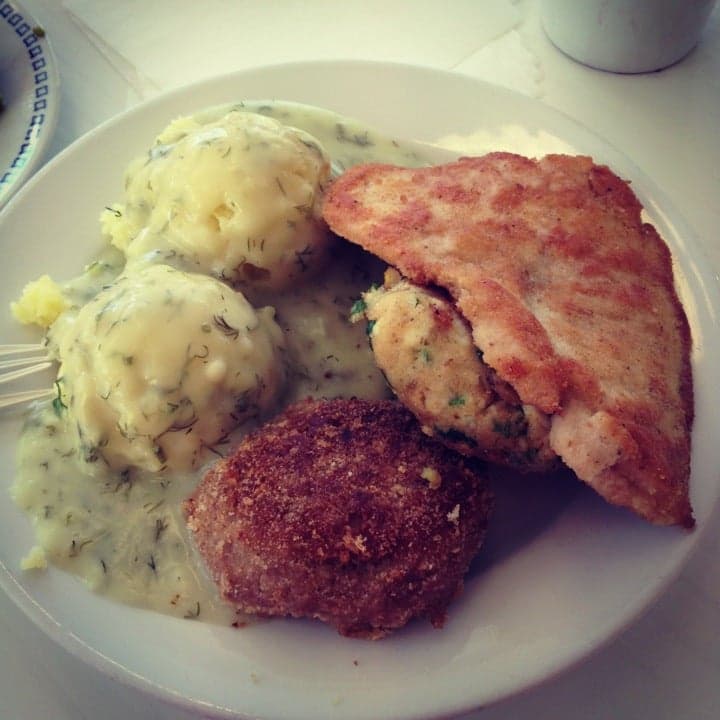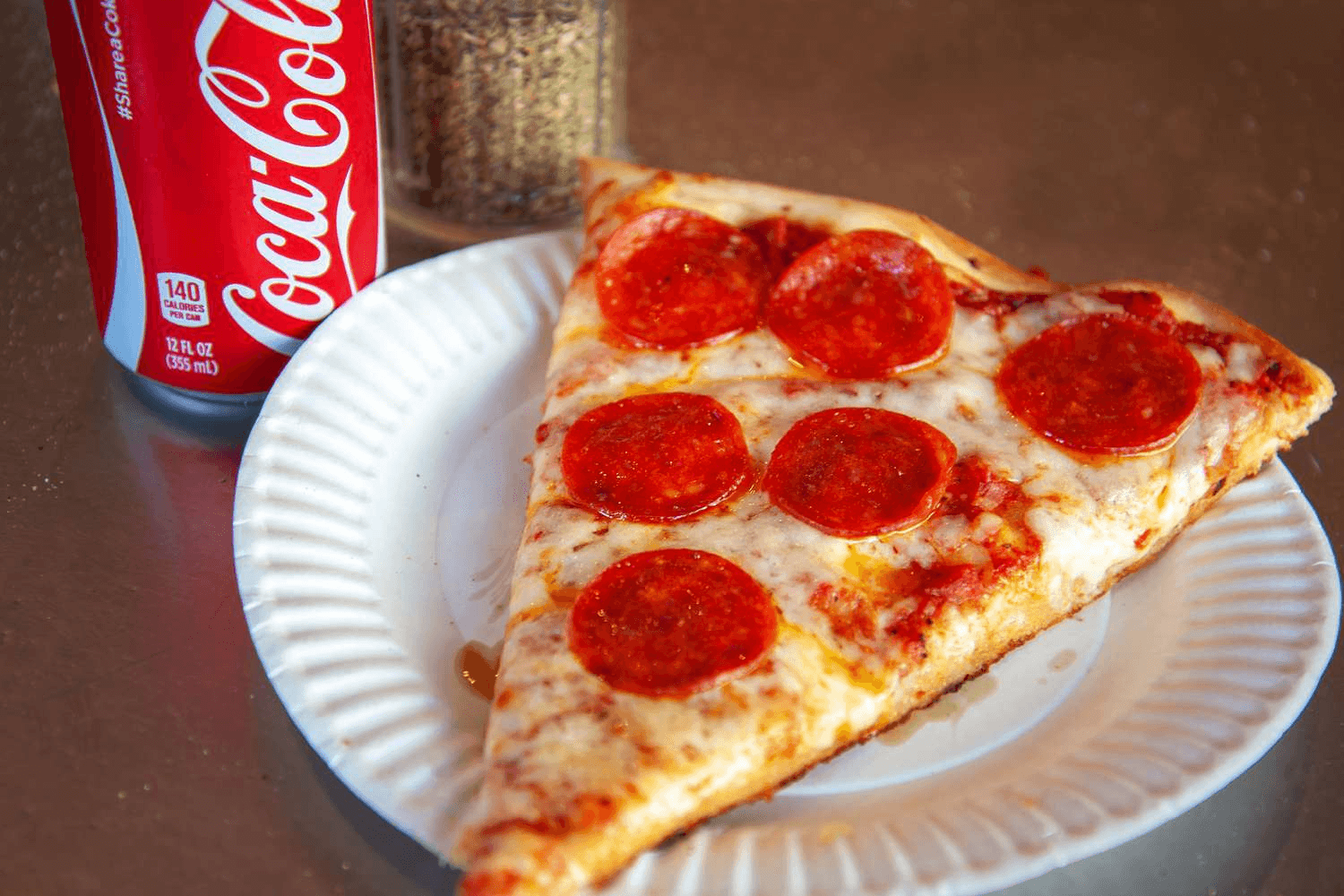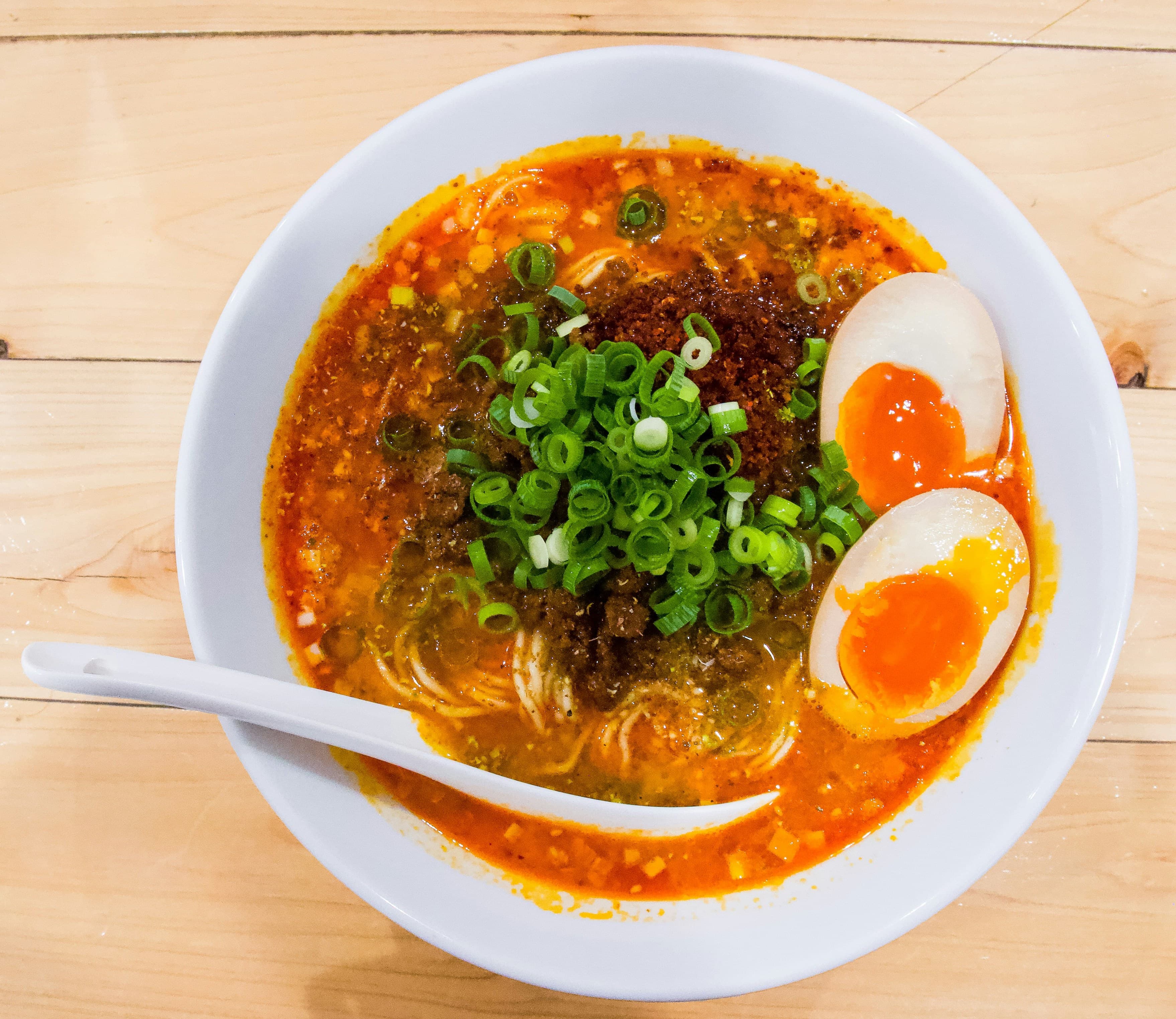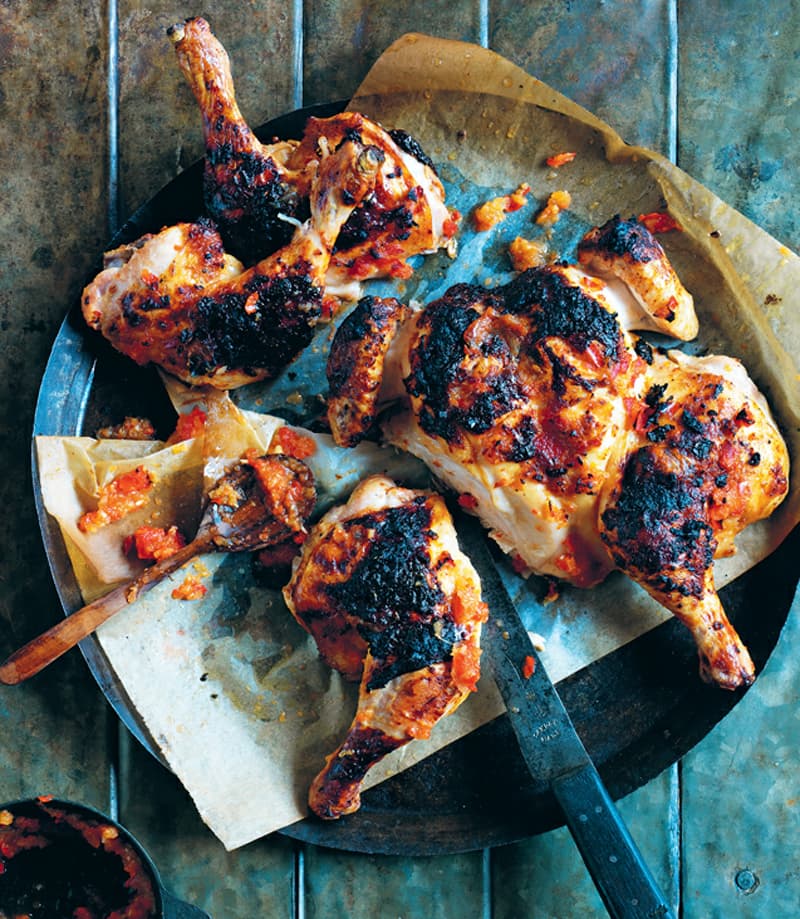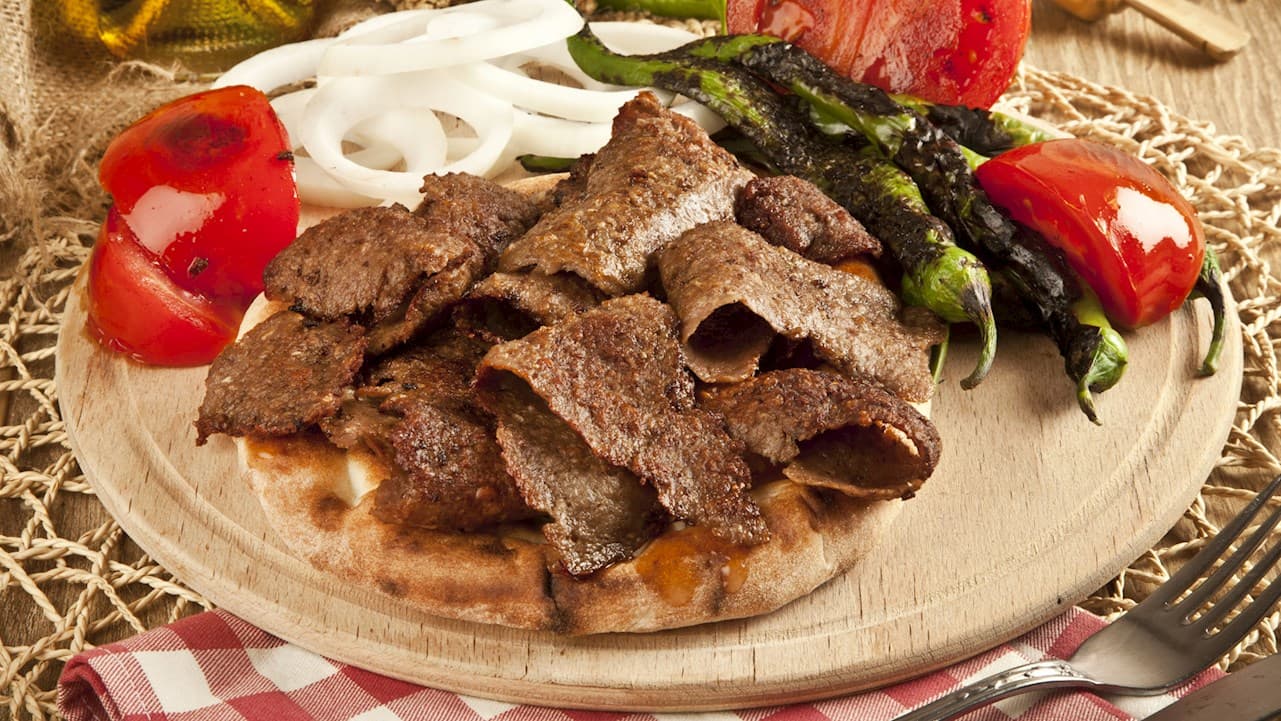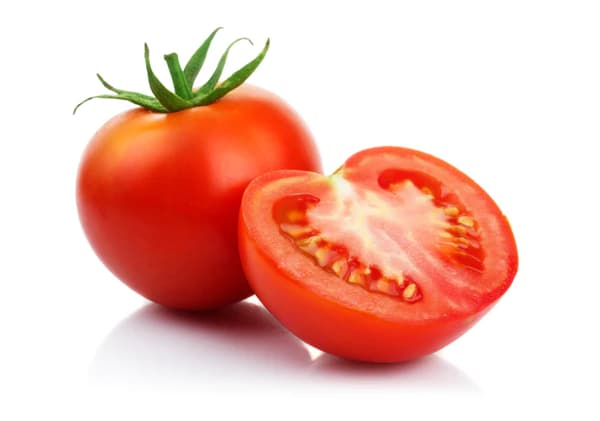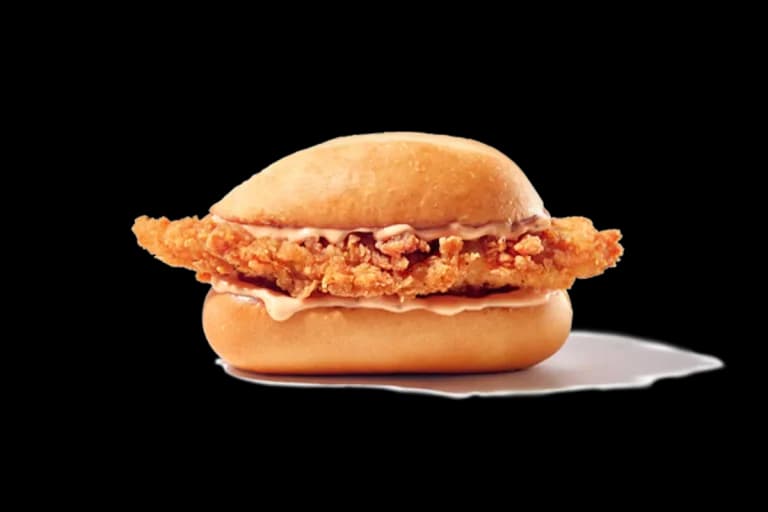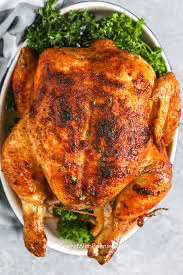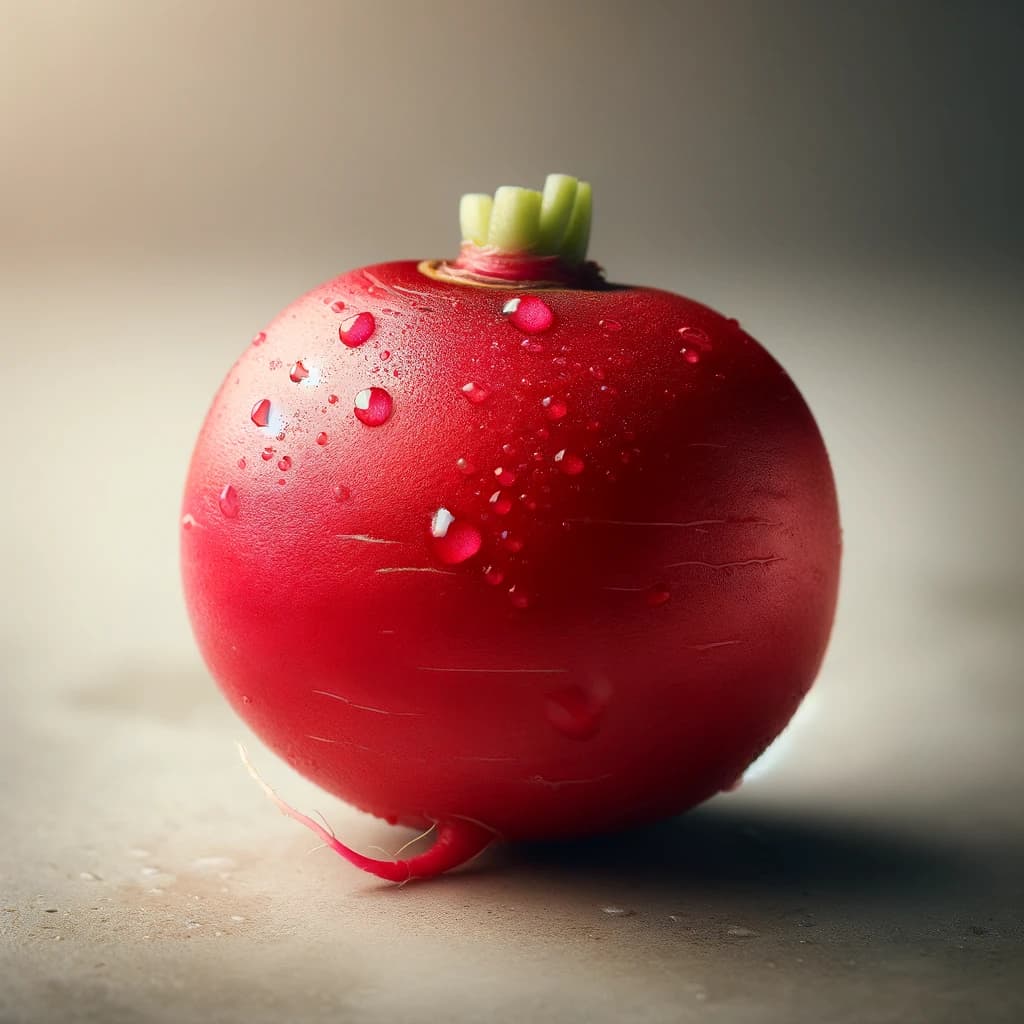Pierogi Ruskie vs. Margherita Pizza
Pierogi Ruskie
The quintessential Polish dish. Made with white cheese, potatoes, salt, pepper, and onions. Topped with sour cream and bacon. Yum!
Margherita Pizza
The OG pizza. The minimalist pizza. Cheese, tomato sauce, and basil leaves. What else does a pizza need?
Reviews
Reviews
| Item | Votes | Upvote |
|---|---|---|
| Delicious | 1 |
| Item | Votes | Upvote |
|---|---|---|
| Basically no fiber | 1 |
| Item | Votes | Upvote |
|---|---|---|
| Simple and to the point | 1 | |
| Delicious | 1 |
| Item | Votes | Upvote |
|---|---|---|
| No cons yet, would you like to add one? | ||
Frequently Asked Questions
Pierogi Ruskie offers a rich and hearty flavor profile with its combination of cheese, potatoes, and bacon, making it a filling option. In contrast, Margherita Pizza is celebrated for its simplicity and fresh ingredients, providing a lighter and more refreshing taste. The choice between the two largely depends on whether you prefer a comforting, filling dish or a light, classic pizza experience.
Pierogi Ruskie has a more complex flavor profile due to its combination of ingredients like cheese, potatoes, and bacon, which create a savory and hearty taste. Margherita Pizza, while delicious, is more straightforward with its focus on the balance of cheese, tomato sauce, and basil, resulting in a simpler flavor experience. Therefore, if you're looking for complexity, Pierogi Ruskie may be the better choice.
Margherita Pizza may be considered healthier than Pierogi Ruskie, as it typically contains fewer heavy ingredients and can be made with whole grain crusts and fresh toppings. Pierogi Ruskie, while delicious, is noted for having low fiber content and can be heavier due to the cheese and bacon. Thus, if health is a priority, Margherita Pizza might be the preferable option.
Pierogi Ruskie is a quintessential Polish dish made with white cheese, potatoes, salt, pepper, and onions. It is typically topped with sour cream and bacon.
Pros of Pierogi Ruskie include its delicious taste, often enhanced by toppings like sour cream and bacon. However, a potential con is that it basically contains no fiber.
Pros of Margherita Pizza include that it is simple and to the point, and it is delicious. There are no listed cons at this time.
Margherita Pizza is a minimalist pizza that traditionally includes cheese, tomato sauce, and basil leaves. It is considered the original form of pizza.
